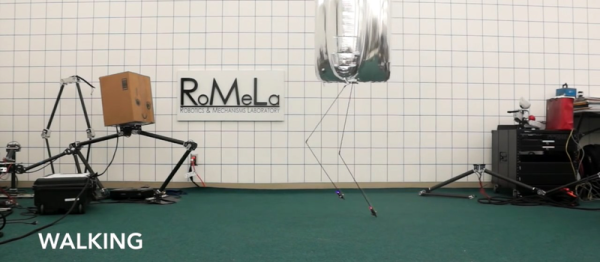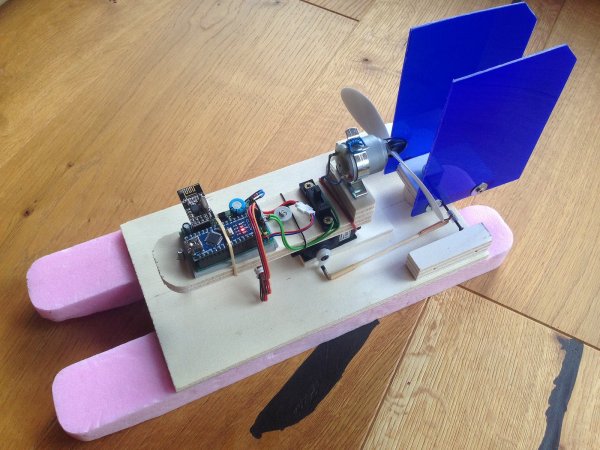If you walk into a dog owner’s home that dog is probably going to make a beeline to see if you are a threat. If you walk into a cat owner’s home, you may see the cat wandering around, if it even chooses to grace you with its presence. For some people, a dog’s direct approach can be nerve-wracking, or even scary depending on their history and relative size of the dog. Still, these domestic animals are easy to empathize with especially if you or your family have a pet. They have faces which can convey curiosity or smug indifference but what if you were asked to judge the intent of something with no analogs to our own physical features like a face or limbs? That is what researchers at the IDC Herzliya in Israel and Cornell University in the US asked when they made the Greeting Machine to move a moon-like sphere around a planet-like sphere.
Participants were asked to gauge their feelings about the robot after watching the robot move in different patterns. It turns out that something as simple as a sphere tracing across the surface of another sphere can stir consistent and predictable emotions in people even though the shapes do not resemble a human, domestic pet, or anything but a snowman’s abdomen. This makes us think about how our own robots must be perceived by people who are not mired in circuits all day. Certainly, a robot jellyfish lazing about in the Atlantic must feel less threatening than a laser pointer with a taste for human eyeballs.


















